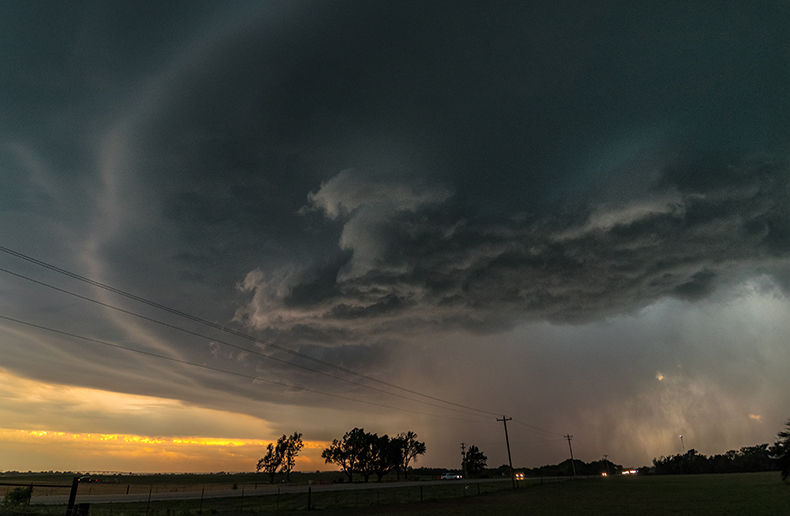At issue
A common feature among RRSPs, RRIFs and TFSAs is that investments accumulate on a tax-sheltered basis. In principle, any reduction in the amount in the respective account reduces the benefit of that tax sheltering. Where investment management fees are paid from an external source, more money remains invested in the particular account.
However, whether an investor is inevitably better-off should take into consideration the source of those external funds. Whereas RRSP and RRIF accounts are pre-tax, a TFSA is after-tax. Arguably, using after-tax money from a cash account for a pre-tax RRSP/RRIF fees may not be the best result for an investor. The benefit is clearer with TFSAs, as both it and a cash account hold after-tax funds. Investors should consider their own tax position before coming to a conclusion.
Apart from the investor’s decision, the Canada Revenue Agency (CRA) has been mulling over the issue. According to its most recent communication, their updated and more stringent position will not apply until 2019, and hopefully we’ll have more clarity on that position early in the coming new year.
Income Tax Act s. 207.01(1) (b)(i)
These “advantage rules” were enacted in 2007 with the introduction of TFSAs, and were extended to RRSPs and RRIFs in 2011.
The definition of “advantage” applies to an increase in the value of a registered plan because of an action or transaction of a non-arm’s length party to the plan. If someone at arm’s length party would not have taken the action, and if the purpose is to benefit from the plan's tax-exempt status, then a 100% tax applies to the amount of the determined advantage.
2016-0670801C6 – 2016 CTF Q5. Investment management fees for RRSPs, RRIFs and TFSAs
The CRA has a long-standing administrative policy that it does not consider it to be an over-contribution if a planholder uses outside funds to pay registered plan expenses. At the 2006 Canadian Tax Foundation Conference, the CRA was asked whether it holds a similar deferential view on the application of the (relatively new) advantage rules.
In response, CRA stated that an increase in value of the registered plan indirectly results from investment fees being paid by a party outside of the plan. This would likely be an advantage, and the planholder could personally be subject to advantage tax of 100% of the amount of fees paid.
The agency then advised that it was continuing its review of fees and fee rebates and would share the results in an Income Tax Folio expected to be published in early 2017. Its revised position would apply to fee payments after January 1, 2018.
2017-0722391E5 – Investment management fees
In September 2017, the CRA announced that it was considering a number of submissions from various stakeholders, and would be deferring the proposed implementation date by one year to January 1, 2019.
It made no mention of an updated target date for publication of the relevant Tax Folio, nor did it give any indication that it might be reconsidering its position.
Practice points
- Expect publication of the Income Tax Folio on the advantage rules in 2018. As the CRA’s original advisory acknowledged that time would be needed for the investment industry to make applicable system changes, presumably CRA is still targeting for a date early in the year.
- There will be no negative tax consequences for the payment of investment fees for registered accounts from any source any earlier than 2019.
- Apart from the CRA/tax rules, individual investors should consider their own tax situation before deciding the appropriate source for the payment of investment fees.







